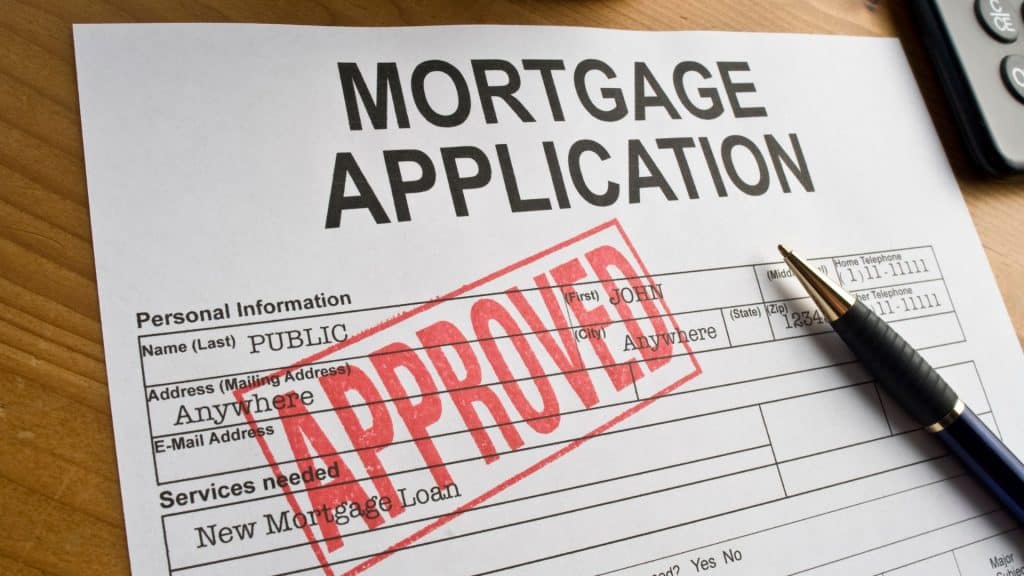Good day Savvy Investors,
I decided to write about Loan-to-Value (LTV) and Debt Coverage Ratio (DCR) because in my commercial mortgage brokering world, I too often see clients get excited about a high appraisal on their property, assume they will achieve a 75% LTV, for example, only to realize that if the debt is at 75% of the value, then the property does not cover its debt and is in negative cash flow.
This is a difficult conversation to have with clients as it obviously deflates their excitement over a favorable appraisal. An understanding of these two terms and their metrics will be indispensable for anyone involved in property financing and investment.
Differences between LTV and DCR
So, let’s dig into the differences between LTV and DCR, what they mean, and the role they play in your real estate transactions.
Both LTV and DCR are metrics that are fundamental to the lender and the borrower. And the reason is that they provide insight into the financial health of the subject property.
Loan-to-value (LTV): is the percentage of the loan amount to the appraised value of the property. This is calculated as follows: (Loan amount ÷ Appraised value) x 100.
Example: If a property is appraised at $1,000,000 and the lender is willing to finance 75%, then the loan amount would be $750,000. Most lenders when lending on commercial real estate require an LTV of 65% to 75%. This range is the most common but can fluctuate based on asset type and borrower strength.
This ratio serves as a risk assessment tool for lenders. Different lenders will mitigate risk differently which is why a lender may be ok with 80% LTV while one will only go max 65%, on the same property. The lower the LTV %, the lower the risk for the lender because it means there is more equity in the building, less debt.
This is important because if during the term of the loan, the building should decrease in value, the lender’s ability to recuperate their money (the mortgage loan amount) would be difficult if there is little equity in the building.

Debt Coverage Ratio (DCR): is a metric by where the property’s ability to generate enough income to cover its debt is measured. This tells us if the building cash flows or not. The DCR is calculated as follows: Net Operating Income ÷ Debt Service.
Net Operating Income (NOI): is the income generated by the property after you’ve deducted the operating expenses but before the debt service (the principal and interest of the mortgage expense). For every $1.00 of expense and debt, most lenders will require income of greater than $1.20 for a healthy cash flow and debt servicing, meaning a DCR of 1.20 or higher.
Commercial lenders use DCR to analyze how large of a commercial loan can be supported by the cash flow generated from the property, or to determine how much income coverage there is at a specific loan amount.
The two most important factors that play a major role in obtaining a commercial loan for your property are the LTV and DCR. Often times, especially when interest rates are higher, the maximum LTV may not be attainable because the DCR would be below the lender’s minimum requirement. In that case the lender will offer a lower LTV to ensure your building cash flows every month. By reduced the LTV this means the buyer will have to put in a larger down payment.
Mitigating Risk
These metrics also play a role in the loan terms, interest rates, and overall investment decisions. They are the tools we need to mitigate risk and ensure the long-term financial health of real estate investments. It’s important to note that these metrics are not static; they evolve with market conditions, property performance, and economic factors. Recognizing this dynamic nature is vital for all stakeholders in the commercial real estate landscape.
Understanding LTV and DCR is like having a financial map for your real estate journey. LTV tells you how much of the property you’re financing, and DCR shows if your property is making enough money to cover its debts.
Balancing both these aspects helps in making smart financial decisions and ensuring a healthy real estate investment.
So, whether you’re a borrower or a lender, keeping an eye on LTV and DCR can guide you toward a successful real estate venture.
Adele Di Giosia (Dig)
Mortgage Agent Level 1 #M22003559
Referral Mortgages FSRA #13316




